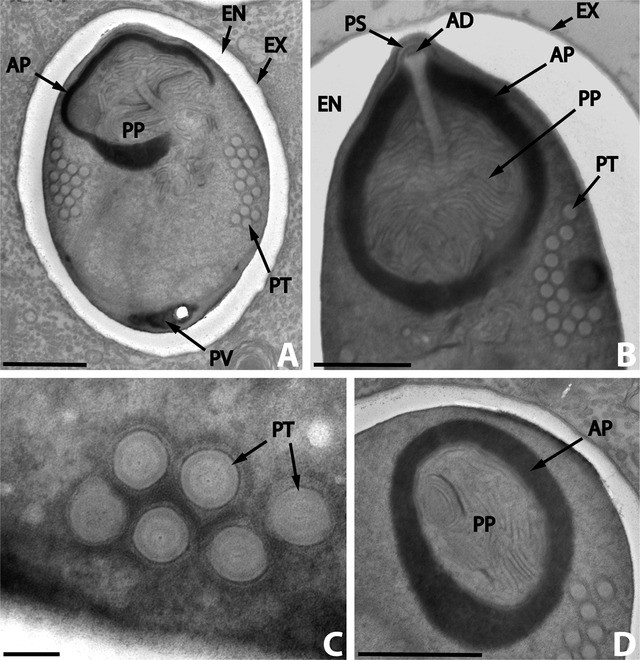A hyperparasite is a parasite (or parasitoid) which is parasitic on another parasite. Usually, this means it is parasitic on the larval stage of the victim species.


Typical examples are members of the Apocrita, and some species in two other insect orders, the Diptera (true flies) and Coleoptera (beetles). Seventeen families in the Hymenoptera and a few species of Diptera and Coleoptera are hyperparasitic.[2]
Primary parasitism in the Hymenoptera evolved in the Jurassic period about 135 million years ago.[2]
In literature
Jonathan Swift refers to hyperparasitism in these lines from his poem
"On Poetry: A Rhapsody":[3]
So nat'ralists observe, a flea
Hath smaller fleas that on him prey;
And these have smaller fleas to bite 'em.
And so proceeds ad infinitum.
Number of levels
Three levels of parasitism have been seen in fungi (a fungus on a fungus on a fungus on a tree).[4]
References
Wikiwand in your browser!
Seamless Wikipedia browsing. On steroids.
Every time you click a link to Wikipedia, Wiktionary or Wikiquote in your browser's search results, it will show the modern Wikiwand interface.
Wikiwand extension is a five stars, simple, with minimum permission required to keep your browsing private, safe and transparent.
